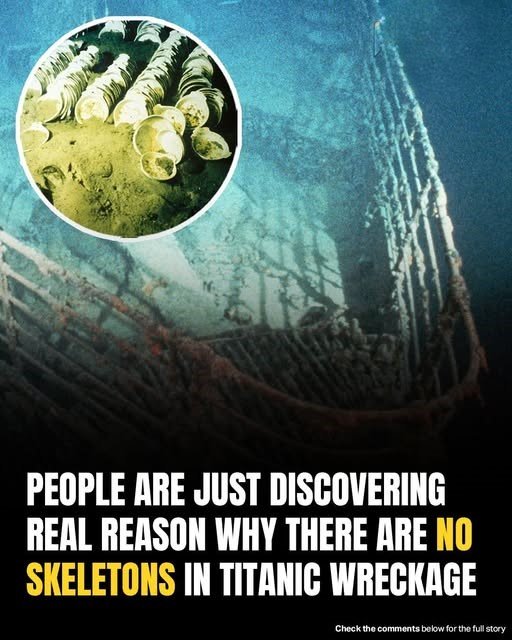Despite the tragic loss of over 1,500 lives when the RMS Titanic sank in 1912, many are only now learning why no human remains have been found within the ship’s debris. Discovered in 1985, the wreck lies more than 12,000 feet below the surface of the Atlantic Ocean, where extreme conditions have profoundly affected what remains.
While the wreck site contains haunting remnants—like pairs of shoes, furniture, and personal items—no bodies have been recovered from the debris field. The reason is primarily due to the ocean’s chemical composition at such depths. According to Robert Ballard, one of the researchers who discovered the Titanic, the deep sea is undersaturated in calcium carbonate, a key component of bones. Once marine life consumes the soft tissues, the bones themselves dissolve in the water.
Additionally, bacteria and sea creatures consume both flesh and clothing, leaving behind only objects that can withstand the pressure and decay—like leather shoes. This has contributed to the eerie, ghostly nature of the site, where belongings remain but the people are gone.
The Titanic continues to deteriorate due to iron-eating bacteria and damage from visiting submersibles. Scientists estimate that its structure may fully collapse within decades. Meanwhile, items retrieved from the site are preserved in museums, serving as haunting reminders of the disaster. A tragic attempt to revisit the wreck in 2023 ended fatally when the Titan submersible imploded, underlining the dangers of exploring one of history’s most haunting maritime gravesites.


